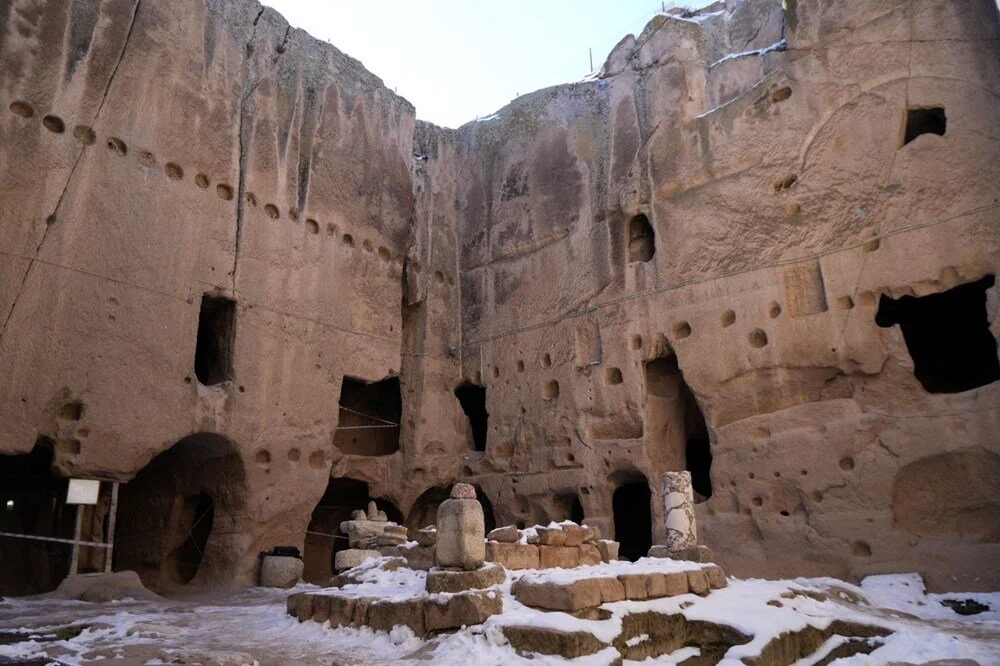
Gümüşler Monastery: The Petra of Anatolia and the Enigmatic Smile of the Virgin Mary
Nestled within the mystical landscapes of Cappadocia lies a tale that transcends time: the Gümüşler Monastery. Often referred to as the “Petra of Anatolia” for its grandeur, this rock-carved structure captivates visitors not only with its stone walls and impressive frescoes but also with the secret held within the serene smile of the “Smiling Virgin Mary” icon.
Located in the tranquil town of Gümüşler in Niğde, this ancient settlement, dating back to the 8th to 12th centuries, sprawls across approximately 1.5 kilometers. The monastery church, meticulously carved into the tuff rock, stands as a silent witness to Cappadocia’s unique architecture and artistic richness, with the fresco of the “Smiling Virgin Mary” creating a truly distinct atmosphere within.
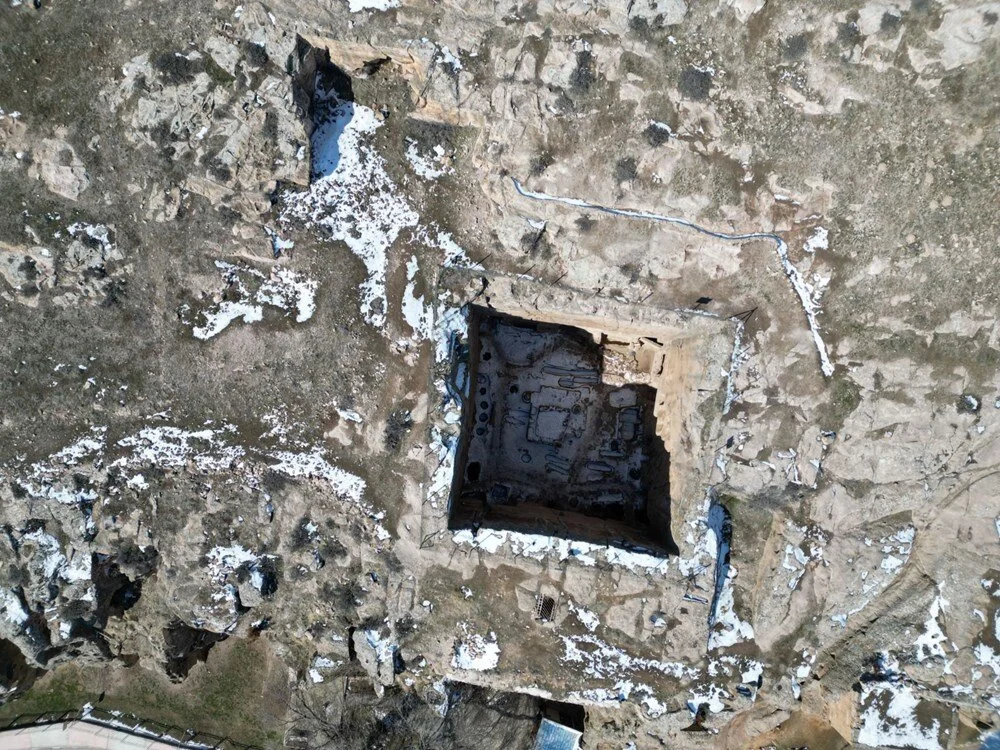
As Prof. Dr. Nevzat Topal points out, these lands have been a crossroads of civilizations throughout history. Its strategic location on the key passages of the Taurus Mountains has made Gümüşler and its surroundings not just a settlement but also a vital transit route, imbuing the region with traces of diverse cultures and beliefs.
Part of the early roots of Christianity in Cappadocia, the Gümüşler Monastery, a piece of the spiritual heritage stretching from Andaval to Tyana, stands as a quiet monument to this significant period. As Prof. Dr. Topal emphasizes, this “Miniature Cappadocia,” particularly with its remarkable “Smiling Virgin Mary” fresco, awaits discovery and the recognition it deserves, much like other iconic religious structures worldwide.
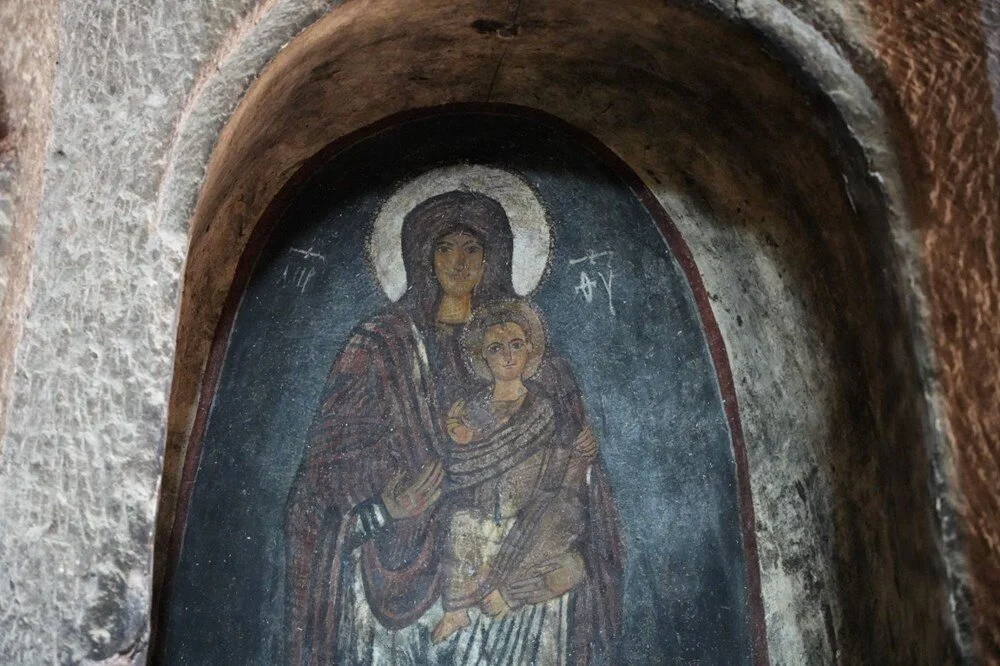
In the words of archaeologist Mustafa Eryaman, the Gümüşler Monastery is home to some of the most vibrant and impressive wall paintings in Cappadocia. Figures of Prophet Jesus, the Virgin Mary, and respected individuals from early Christianity adorn these rock walls for centuries. However, amidst all this splendor, one detail particularly warms the heart: the gentle, peaceful smile on the Virgin Mary’s face. This iconic fresco, known as the “Smiling Virgin Mary,” seems to embody the very spirit of the monastery.
This very point distinguishes the Gümüşler Monastery, shrouding it in an air of mystery. As Eryaman notes, the question of whether this smile was originally intended or is the work of time and a master’s brushstroke remains an unanswered enigma. While scenes of the Annunciation, Nativity, and Presentation at the Temple, common in other underground churches of Cappadocia, are also present here, the unique and tender smile of the “Smiling Virgin Mary” adds a different dimension and profound meaning to the monastery.
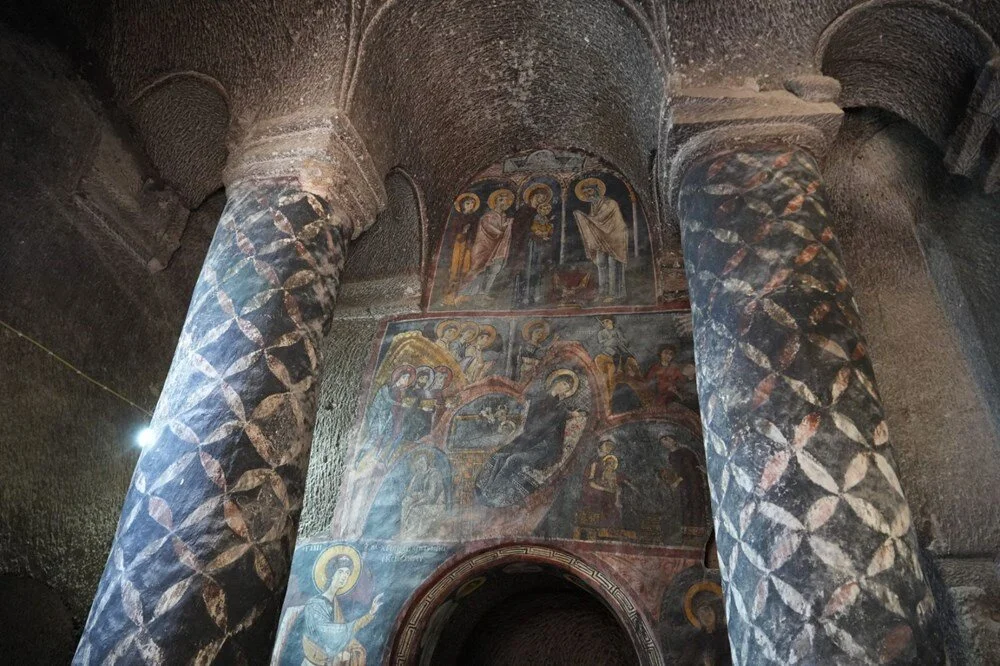
The Gümüşler Monastery, with its historical and artistic value, and above all, with the timeless, hopeful expression of the “Smiling Virgin Mary,” stands as a unique heritage reflecting the mysterious and enchanting spirit of Cappadocia. This “Petra of Anatolia” offers a journey through time, whispering stories in every corner and welcoming visitors with the warmth of the “Smiling Virgin Mary’s” smile.
You may also like
- Gümüşler Monastery: The Petra of Anatolia and the Enigmatic Smile of the Virgin Mary
- Tomb of Prince Waser-If-Re Unearthed in Saqqara
- Archaeological Treasures Dating Back to the 4th Century BC Unearthed in King Abdulaziz Royal Reserve
- 1,700-Year-Old Roman Altar Unearthed at Vučak Castle in Kosovo
- First Mesolithic Human Figurine Found in Damjili Cave in Azerbaijan
- Spectacular Iron Age Artifacts Unearthed at Celtic Necropolis in Creuzier-le-Neuf, France
- The Steiermark Coat of Arms and Other Centuries-Old Inscriptions Discovered in Jerusalem’s Room of the Last Supper
- Vast Roman Horse Cemetery Belonging to Cavalry Unit Discovered in Germany
- 3,000 Year Old Settlement Uncovered During Construction of Ipswich Link Road
- The Ancient City of Kadyanda was the site of Brutal Pankration Competitions
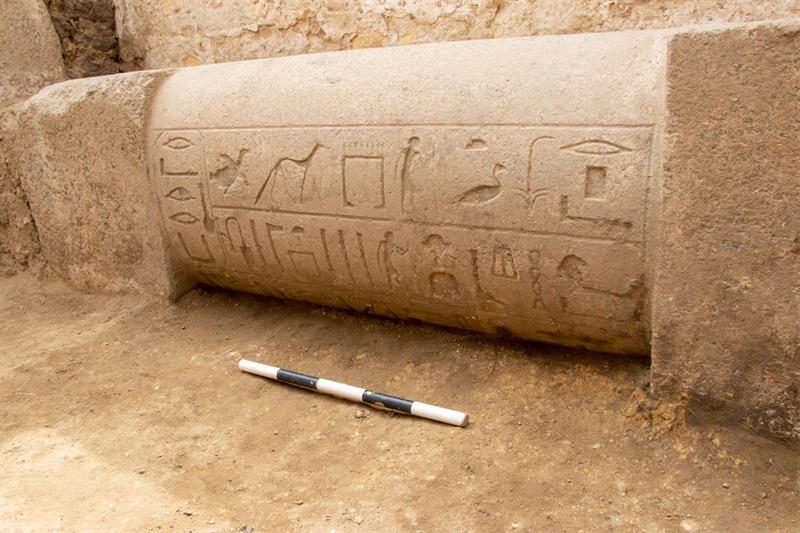
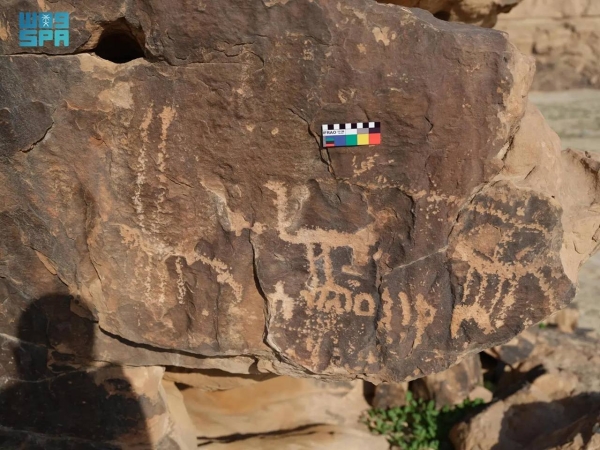
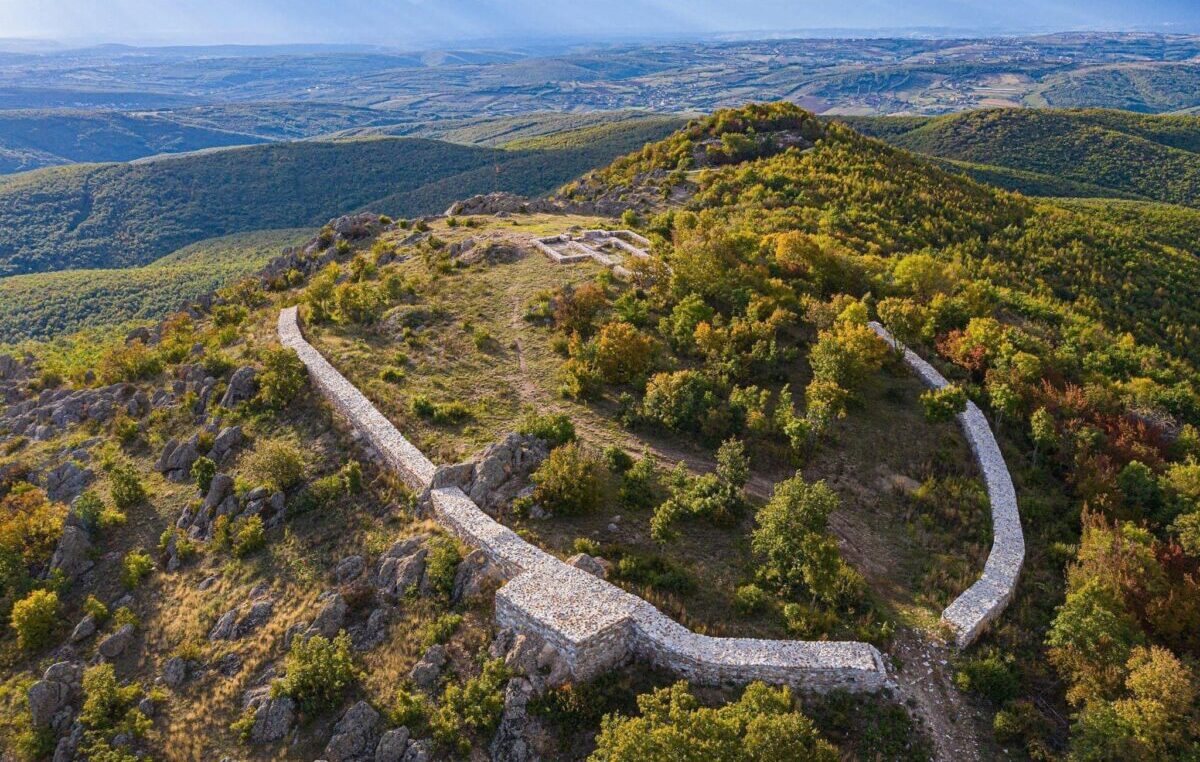

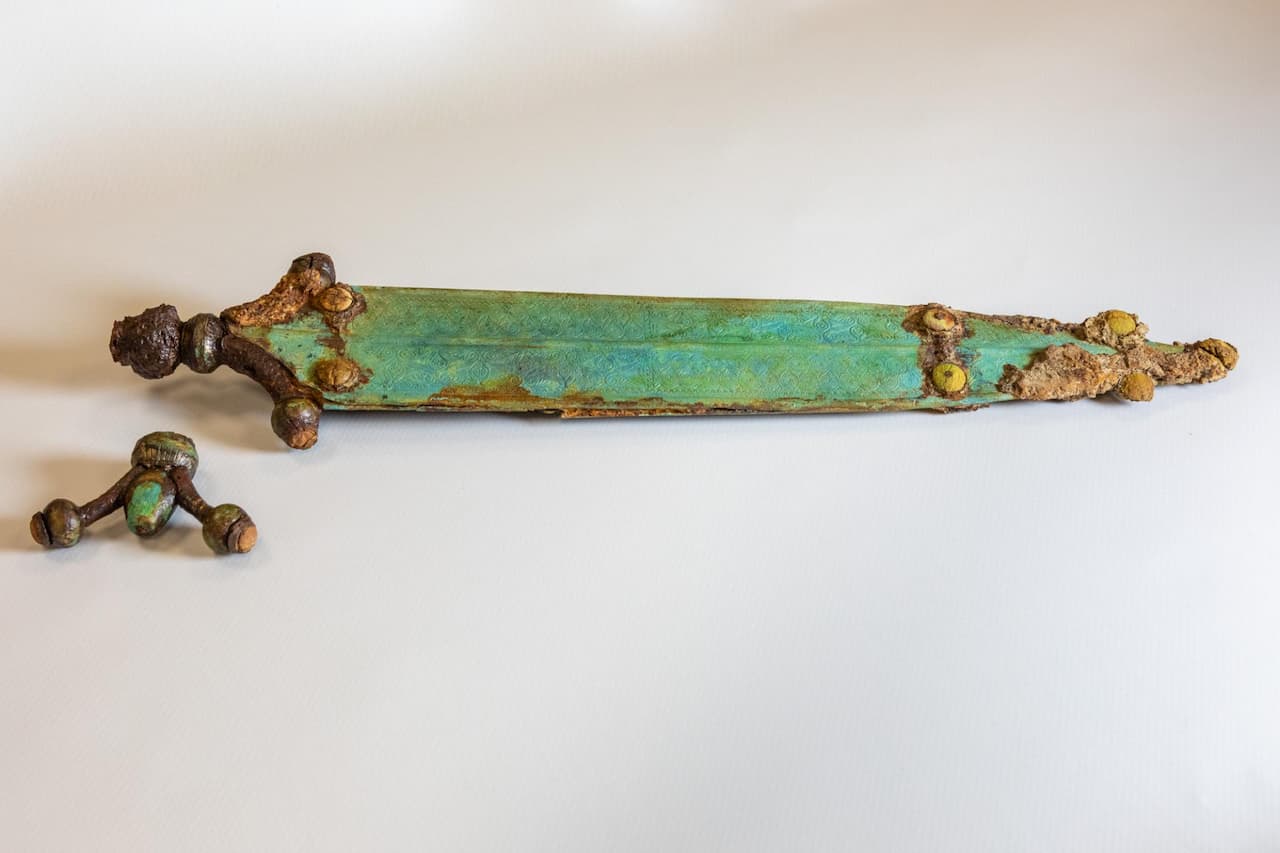
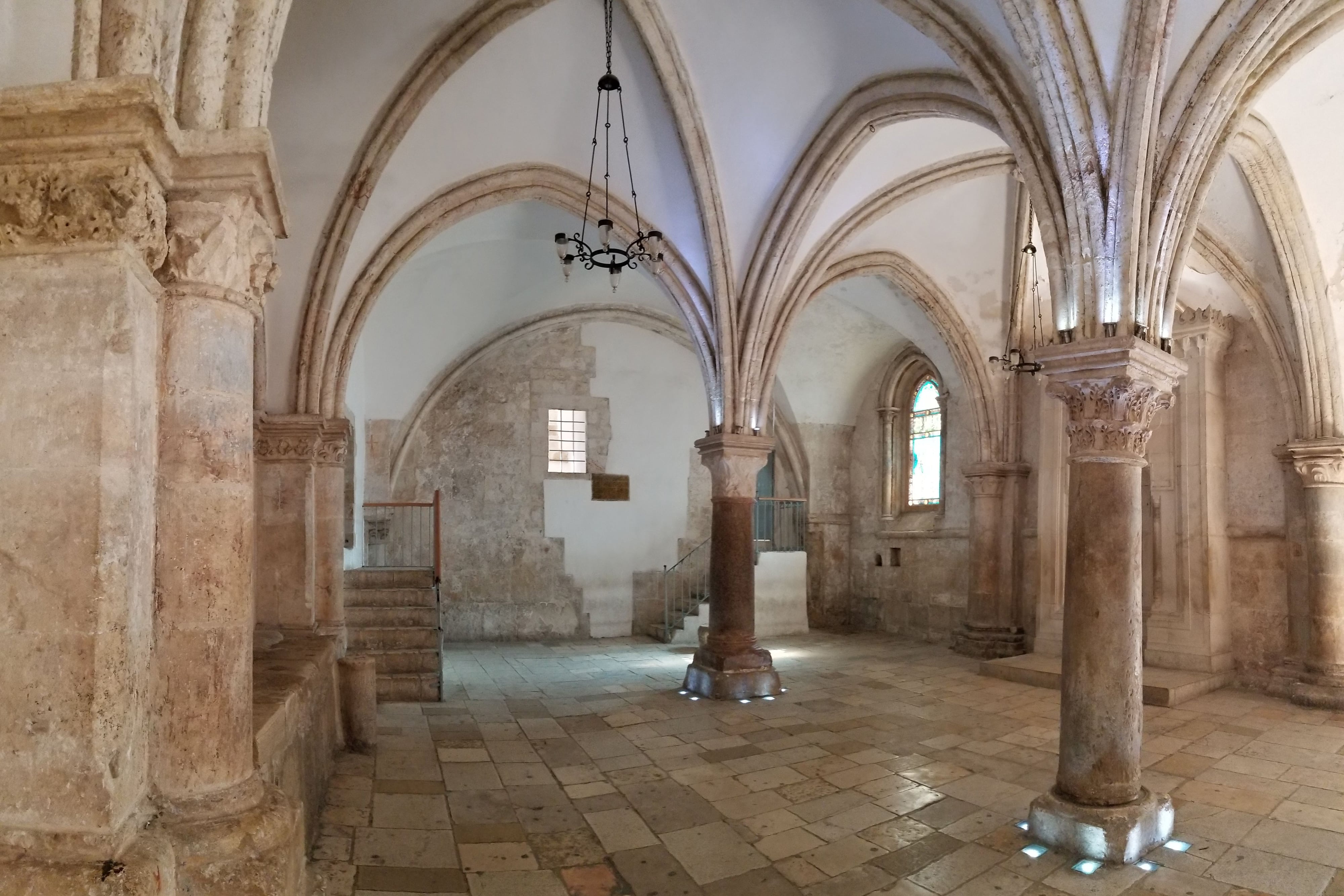
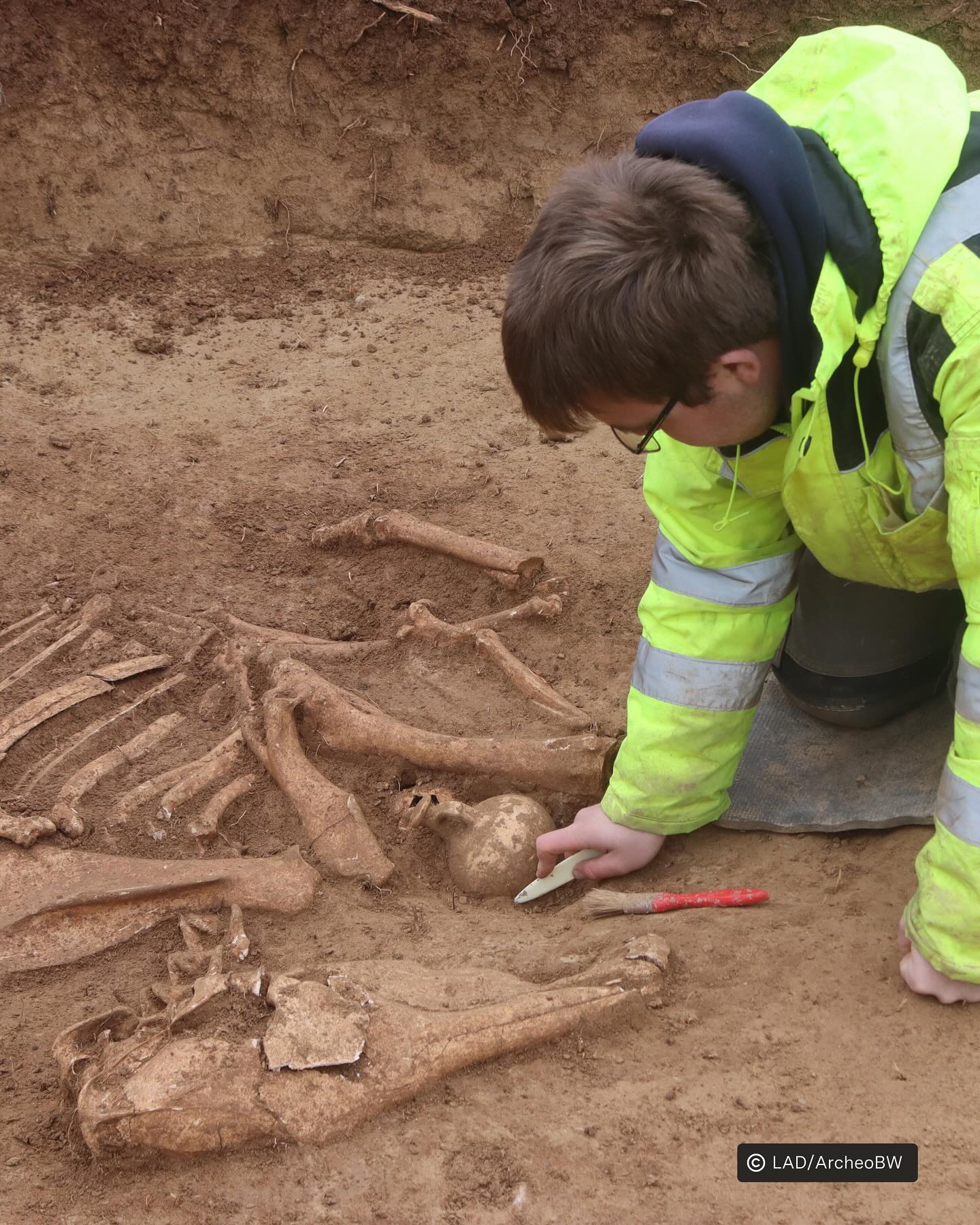

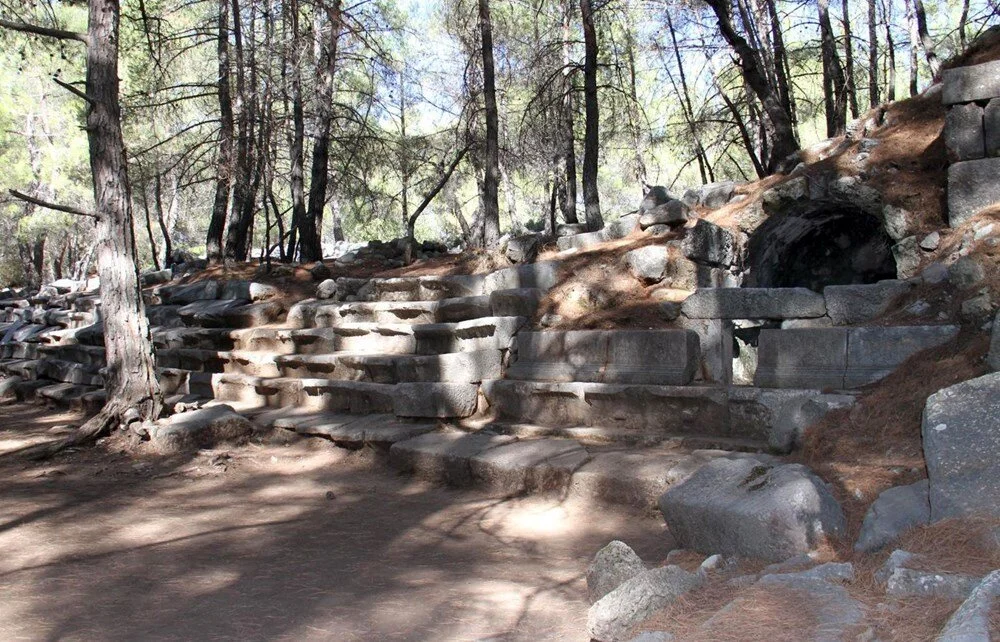
Leave a Reply